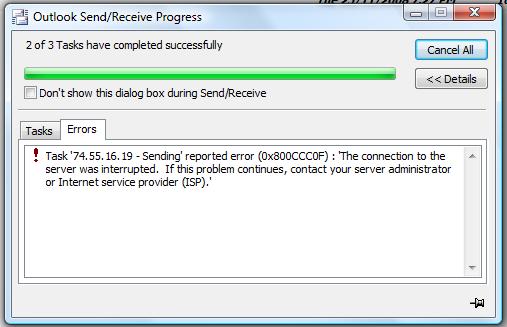How To Fix dxdiagn.dll Errors On Windows
Dxdiagn.dll is a file used by the “‘Microsoft DirectX Diagnostic Tool” to aid communication between the graphics card and the various games / programs that run with DirecX. It’s often the case that this file will show a series of errors on your system, which are typically caused by the way in which the file is either being outdated, saved incorrectly or corrupted. If you’re seeing errors caused by DxDiagn.dll, the good news is that you can fix them relatively easily by using the steps below…
What Causes DxDiagn.dll Errors?
The error may present itself as:
“dxdiagn.dll Not Found”
“This application failed to start because dxdiagn.dll was not found. Re-installing the application may fix this problem.”
“Cannot find C:\Windows\system32\dxdiagn.dll”
These error messages may appear when a game or other similar graphics intense application is started. They may also appear when installing or uninstalling programs, or when Windows boots or shuts down.
This error can occur on all Windows operating systems that use DirectX, from Windows 7 to Windows 2000. The error arises because the dxdiagn.dll file is usually corrupt or removed completely from the system, which means Windows and DirectX cannot read it – displaying the error in an attempt to get you to fix it. Fixing this error is not too difficult and can be achieved by following one or more of the following steps…
How To Fix DxDiagn.dll Errors
Step 1 – Reinstall / Upgrade DirectX
DirectX is a component used by Windows to accelerate graphics processing. It is a group of API (application programming interface) files that are used to handle multimedia and other graphical related tasks on a Windows PC. There are new software being released all the time and to get the most of out them and to maximise performance, Microsoft continually release DirectX updates to compliment these increasingly demanding software.
It is always advisable to keep your DirectX up to date, whether you receive the dxdiagn.dll error or not. However, downloading the latest version, or reinstalling the current version, should alleviate the problem from your system. This is due to the fact that it will include a newer version of the dxdiagn.dll file and other components that should eradicate the problem. You can download the newest version of DirectX here.
Step 2 – Manually Replace DxDiagn.dll On Your System
Replacing the dxdiagn.dll file is probably the surest way to get your system running as smoothly as possible again. You can do this very easily by following the guide below:
1) Download dxdiagn.zip from our server
2) Unzip the dxdiagn.dll file onto your computer’s hard drive
3) Browse to c:\Windows\System32
4) Locate the current dxdiagn.dll on your system
5) Rename the current dxdiagn.dll to dxdiagnBACKUP.dll
6) Copy & paste the new dxdiagn.dll into C:\Windows\System32
7) Click Start > Run (Or search”run” on Vista & Win7)
8 ) Type “cmd” in the box that appears
9) Type “regsvr32 dxdiagn.dll” on the black screen
10) Press enter
This will replace the dxdiagn.dll file on your PC with a fresh, new copy that your PC should be able to access again. However, if this does not solve the error, you may wish to try using Steps 3 and 4 below:
Step 3 – Clean Out Viruses
Antivirus programs are software tools which scan through your PC and remove any of the viruses or malware infections that are on your system. It’s often the case that viruses will infect various DLL files on your computer and then cause them to be unreadable to your PC. To ensure this is not happening on your computer, you should try using an antivirus program to scan through your system and remove any of the infections that cause all these errors. You can download our recommended antivirus program from the link above, but there are a large variety of programs available.
Step 4 – Clean Out The Registry
Another big cause of the dxdiagn.dll errors is the registry database of Windows. The “registry” is a central database which stores all the settings, information and options for your computer, and is where Windows keeps many vital settings that it requires to run. It’s often the case that a lot of registry settings become damaged and corrupted, leading your PC to take longer to run, making it run slower and with a lot of errors. To fix this problem, you should use a ‘registry cleaner’ to scan through your PC and fix any of the damaged or corrupt settings that are inside it. You can see our recommended registry cleaner below:


